Services
Products Warranty
Payment Methods
Shipping and Delivery
Return Policy
Privacy and Cookies
Get In Touch
WhatsApp: +86 185 0273 2643
Email: sales@aicplight.com
Address: No. 6885, Unit 1, Building 1, No. 33 Guangshun North Street, Chaoyang District, Beijing, China
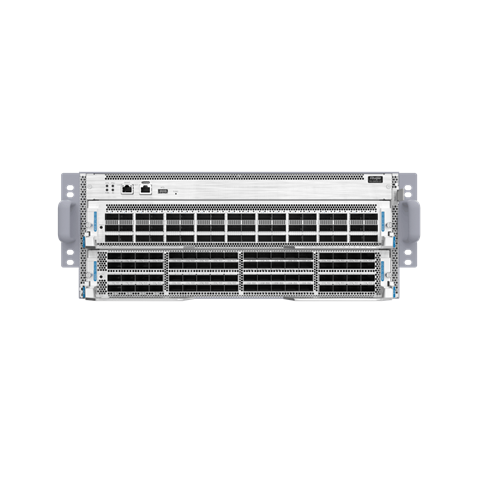










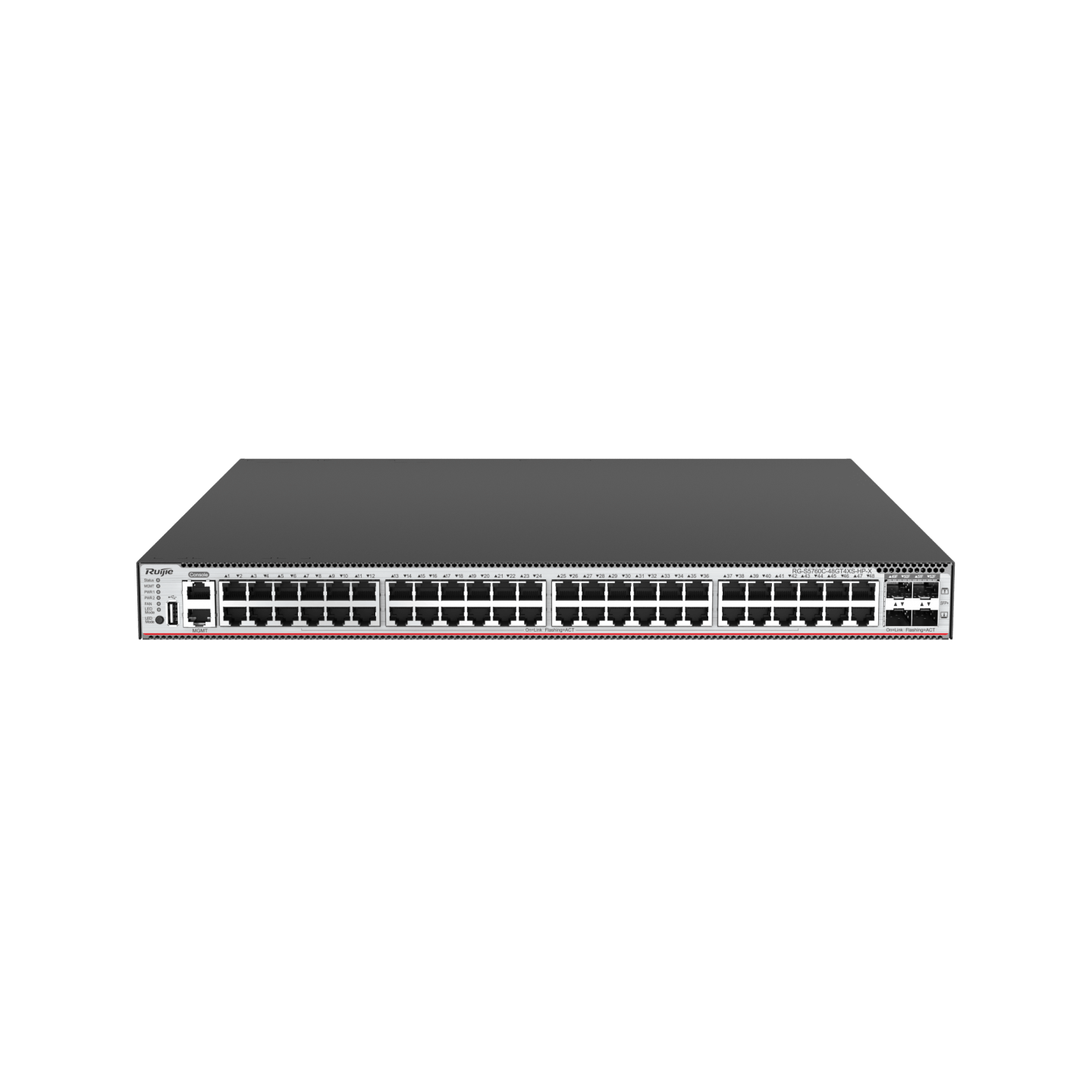
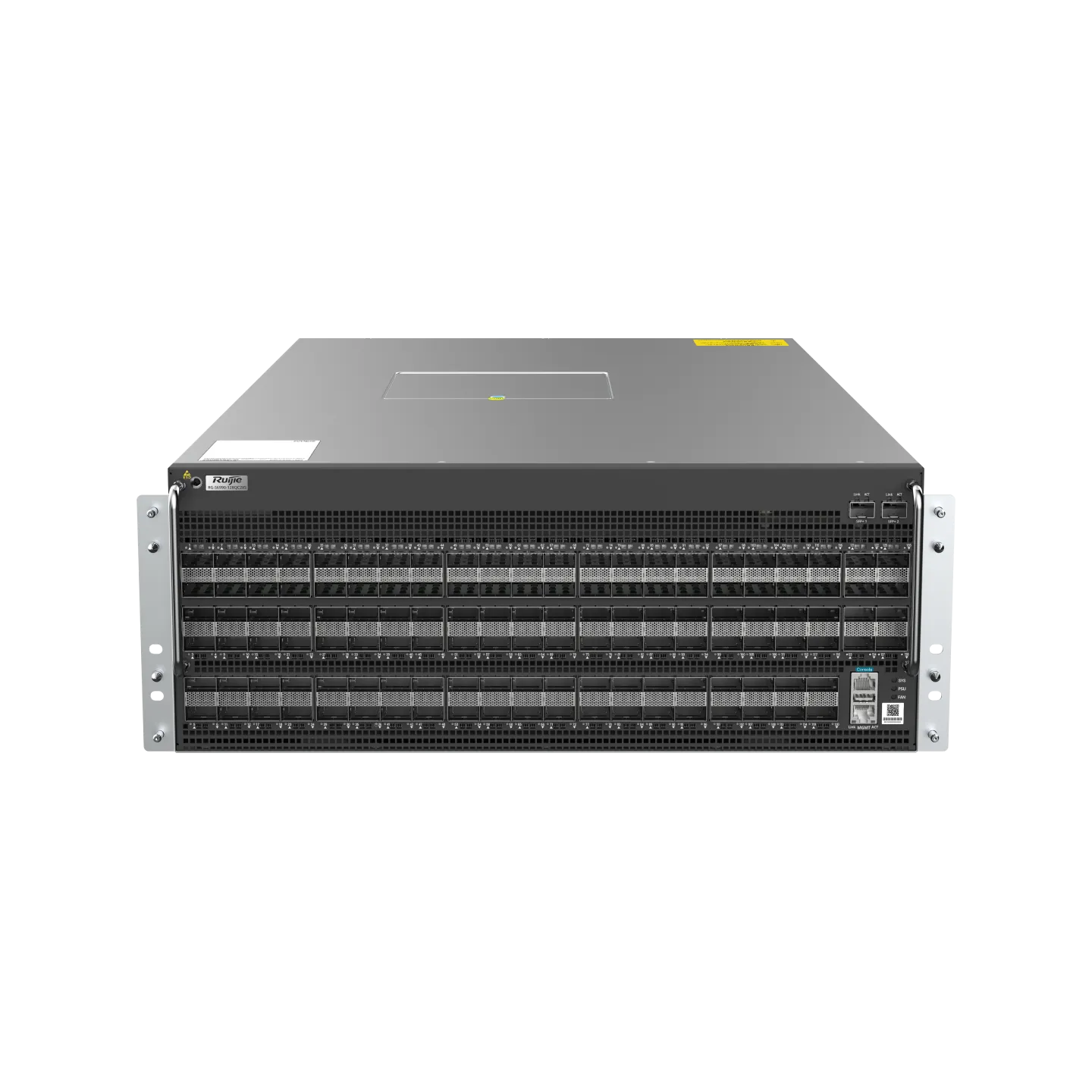
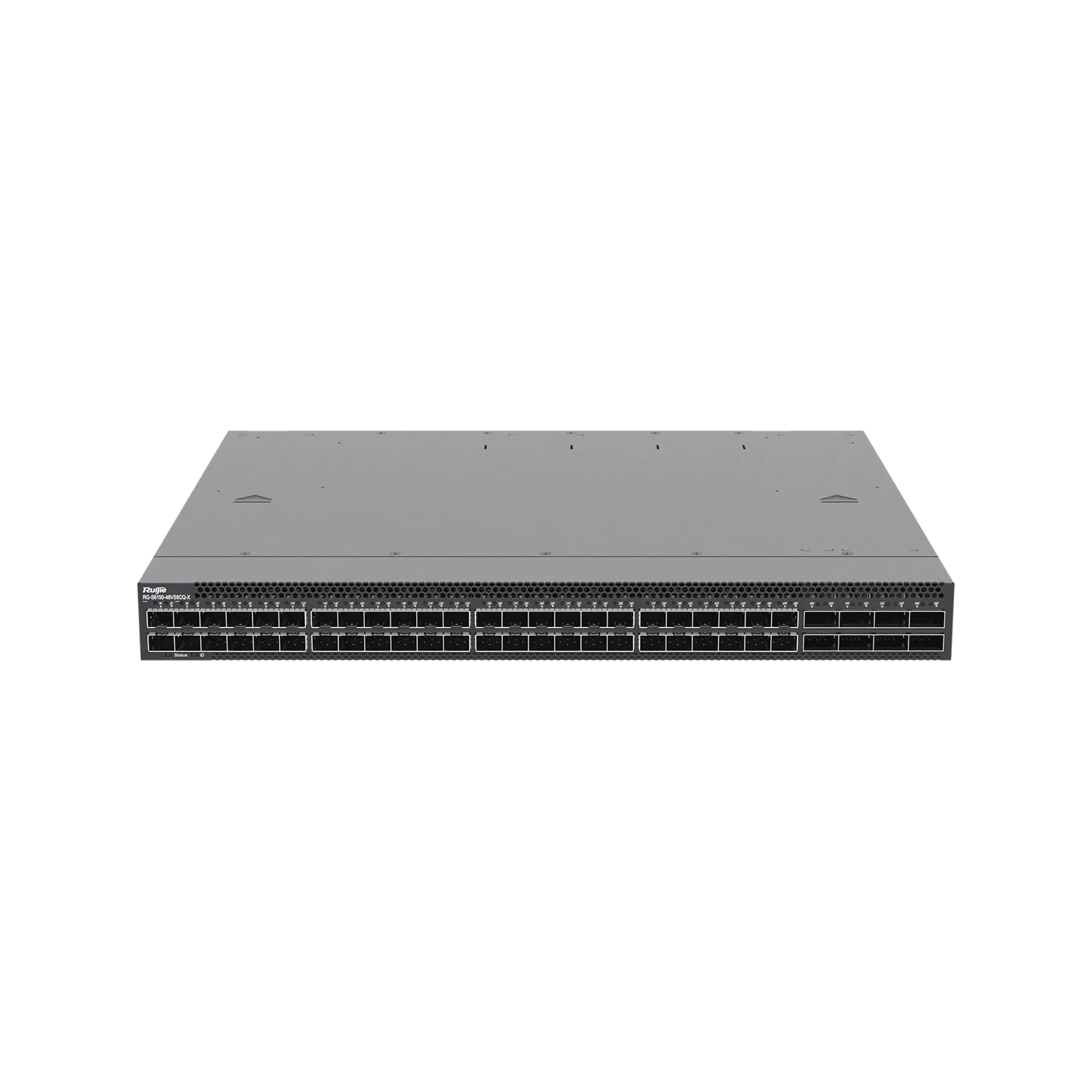
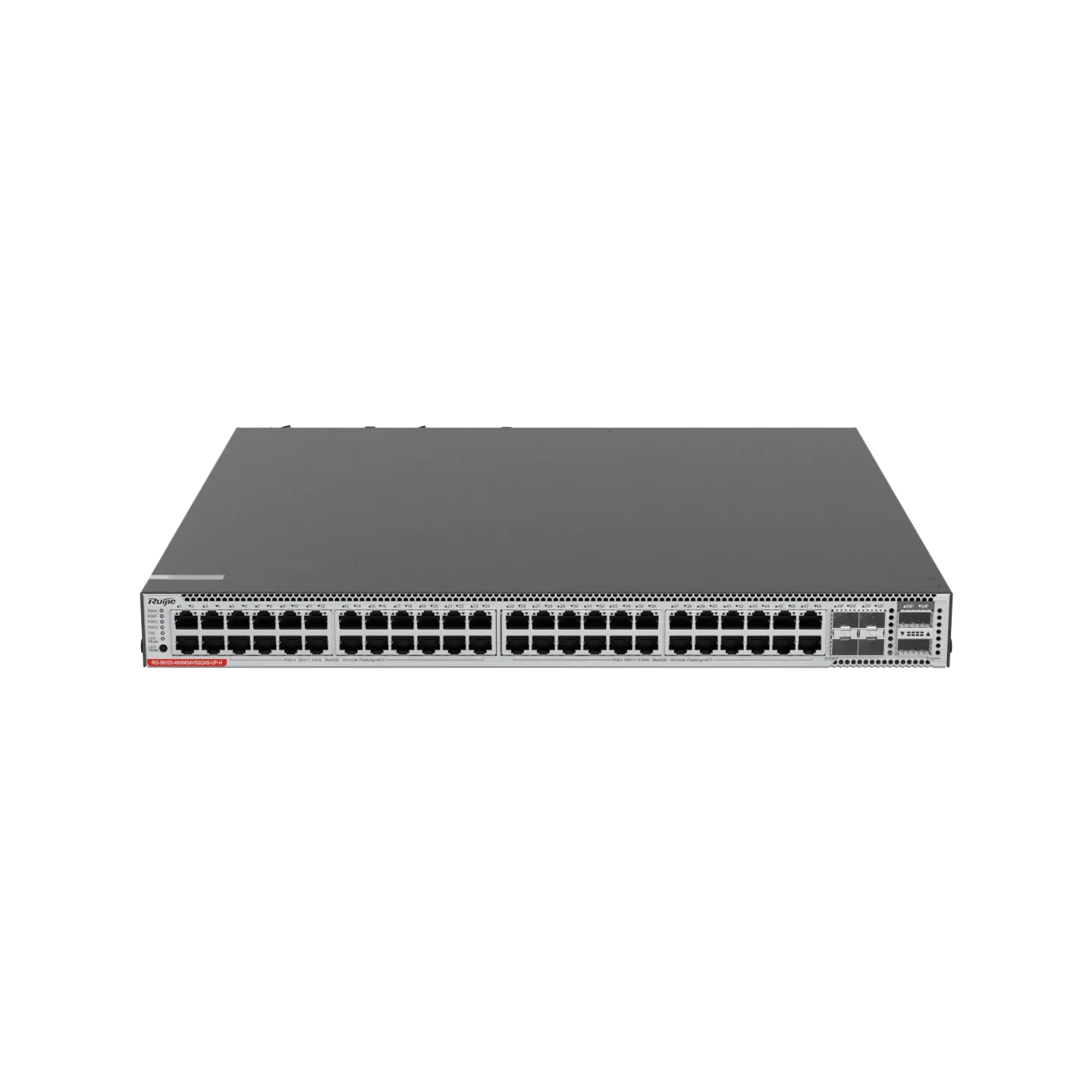
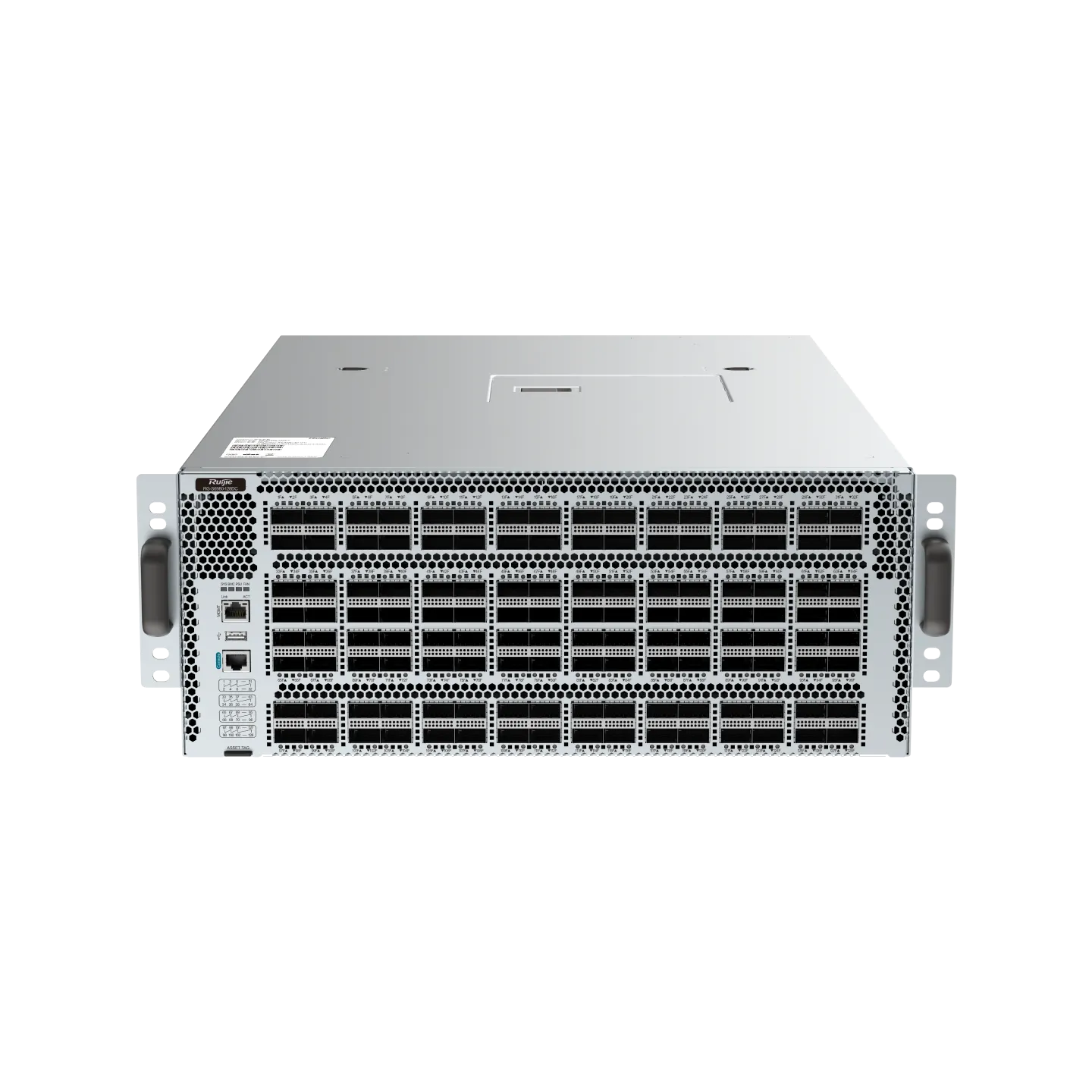
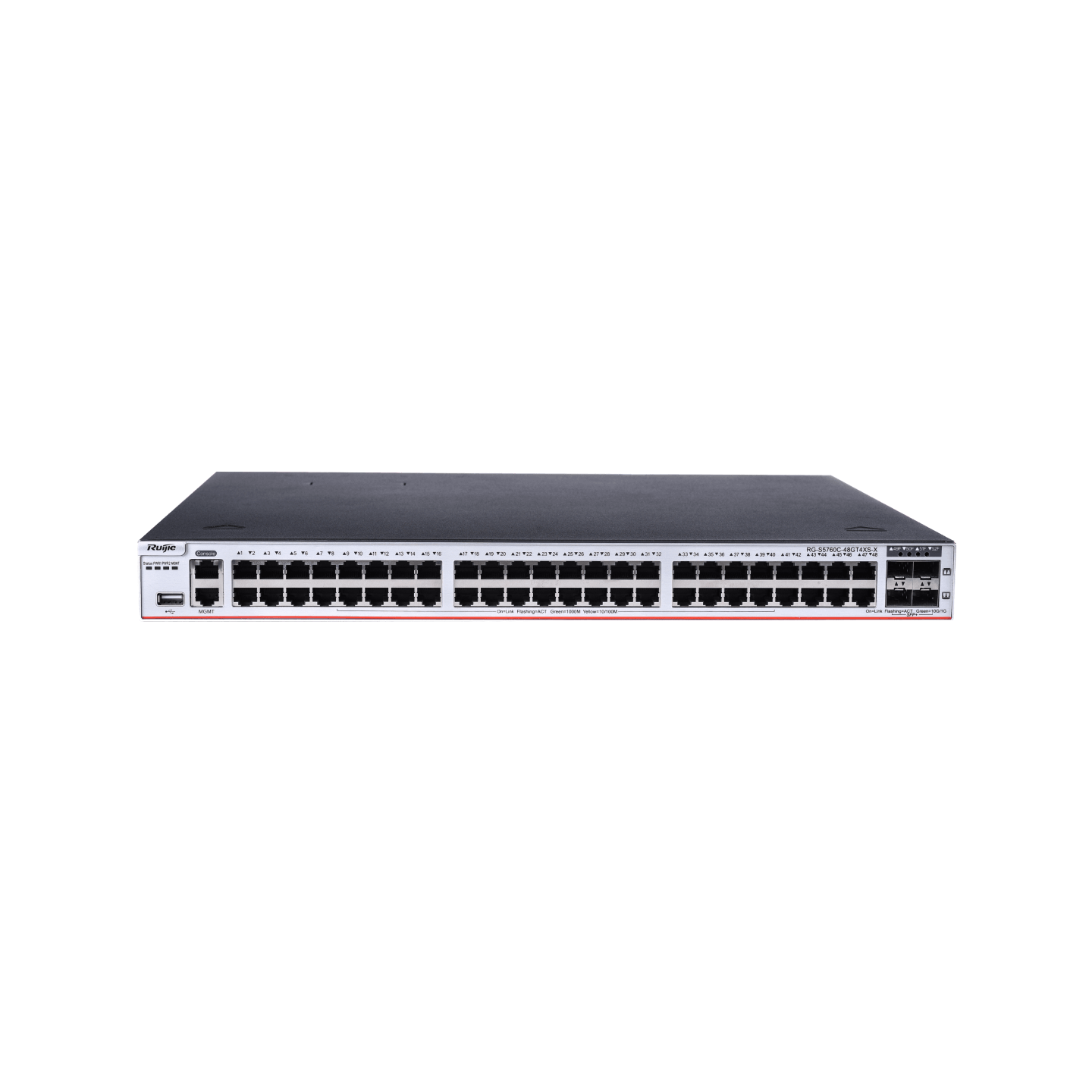
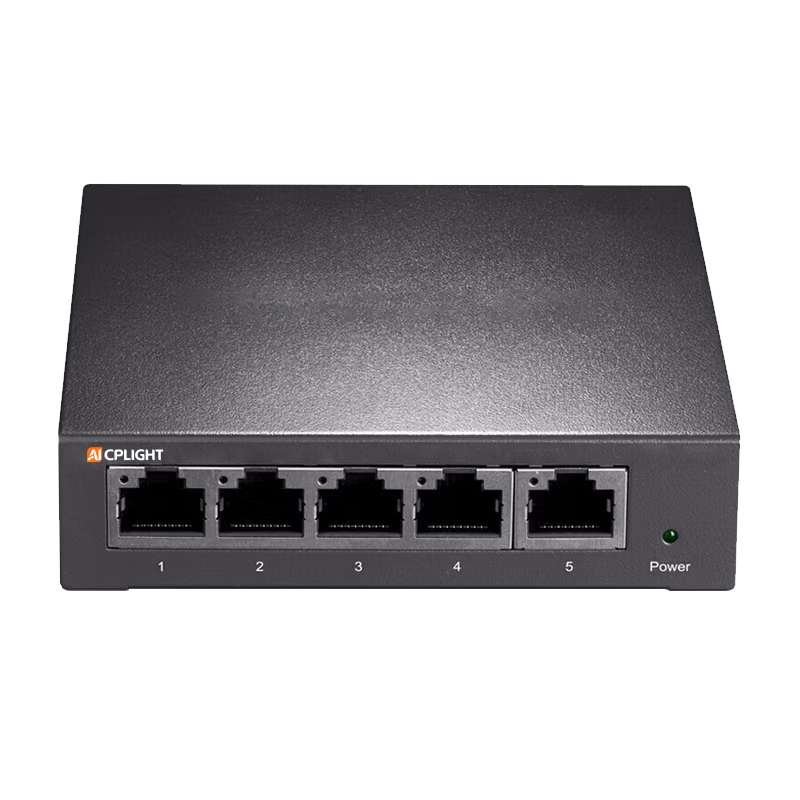
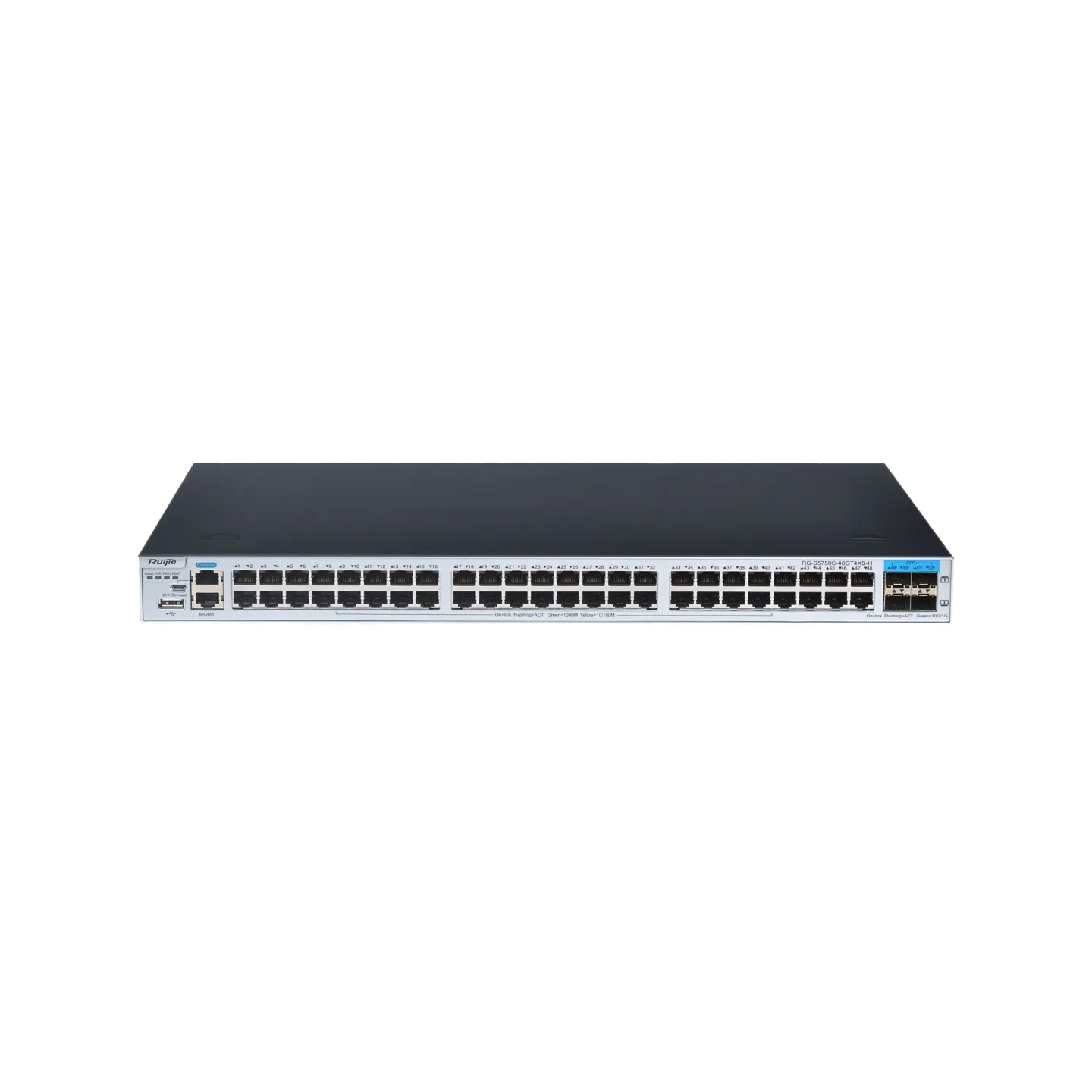
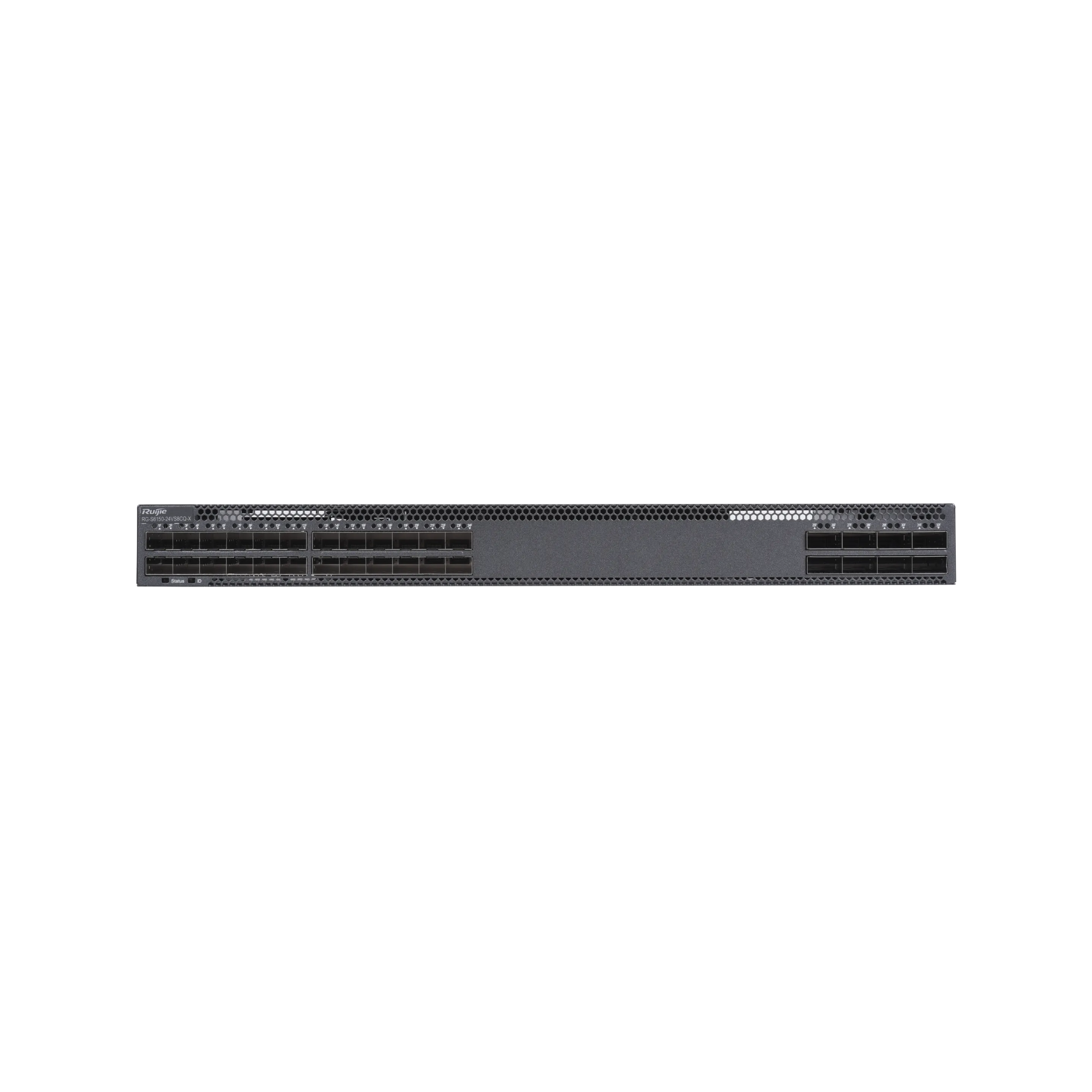
These switches have been running flawlessly under heavy workloads for over 18 months without a single hardware failure. They’re absolutely data center-grade.